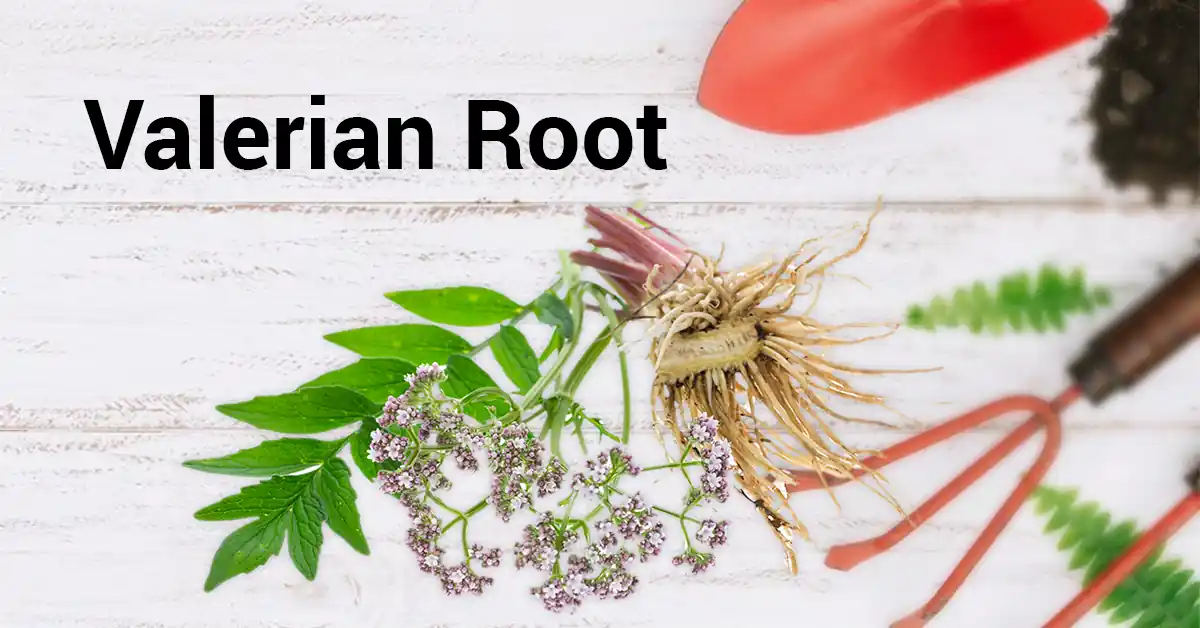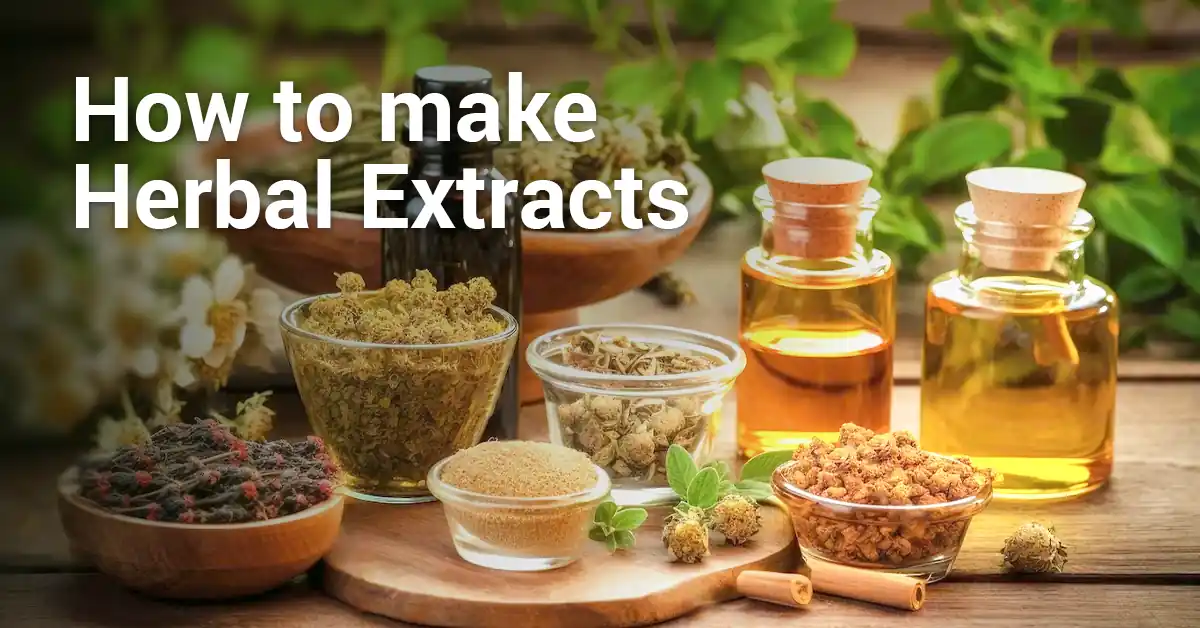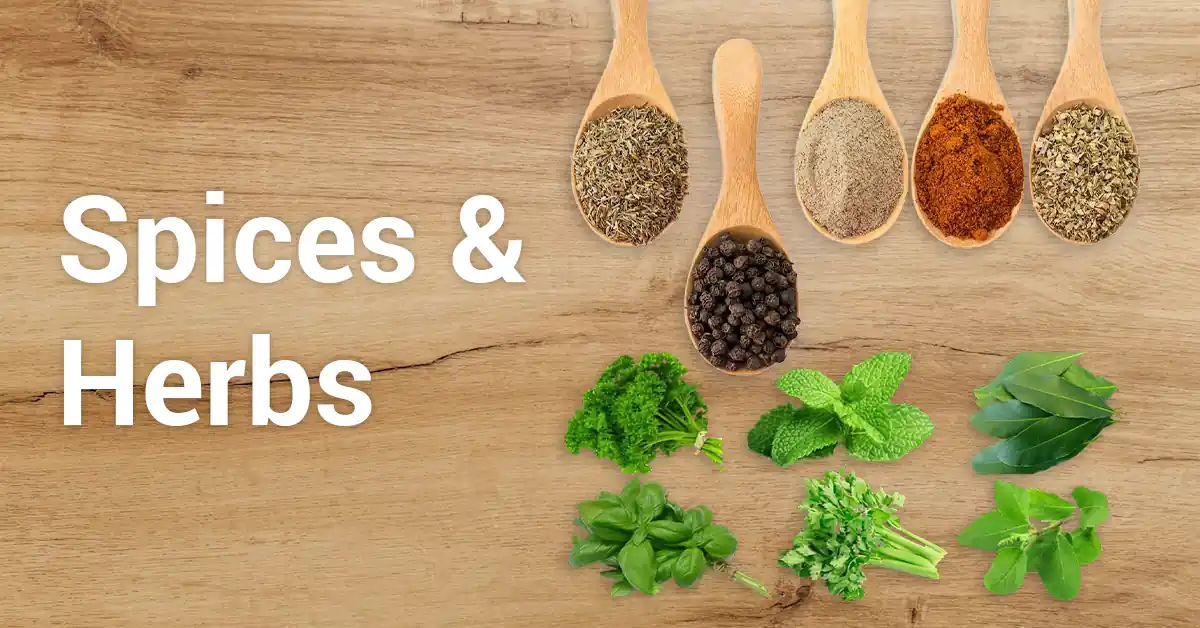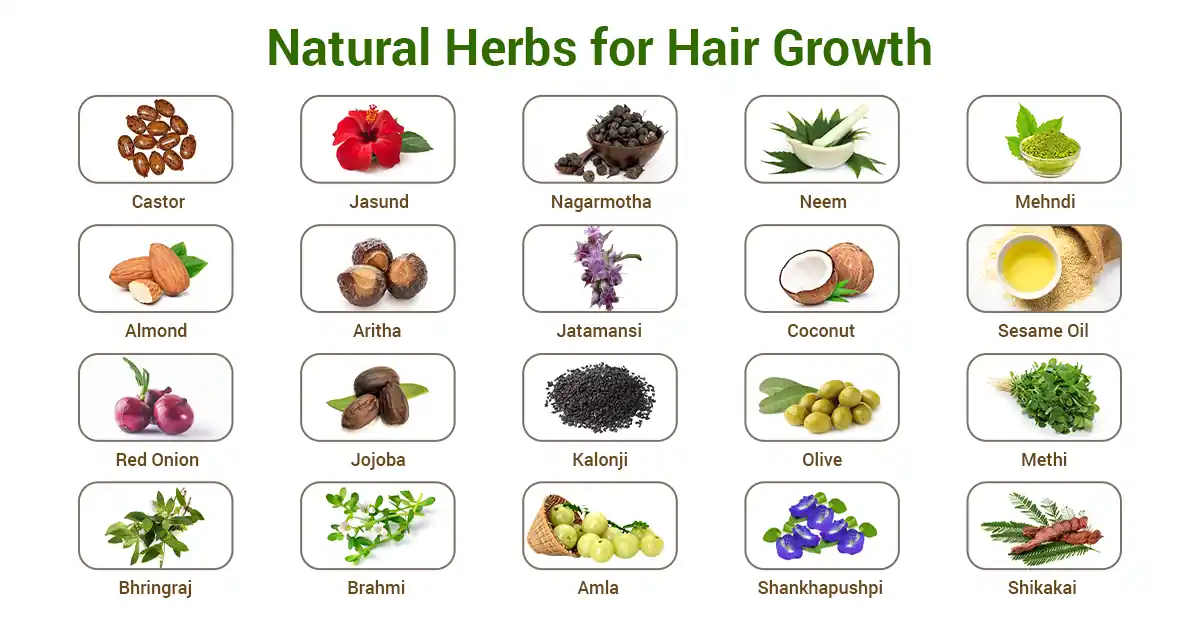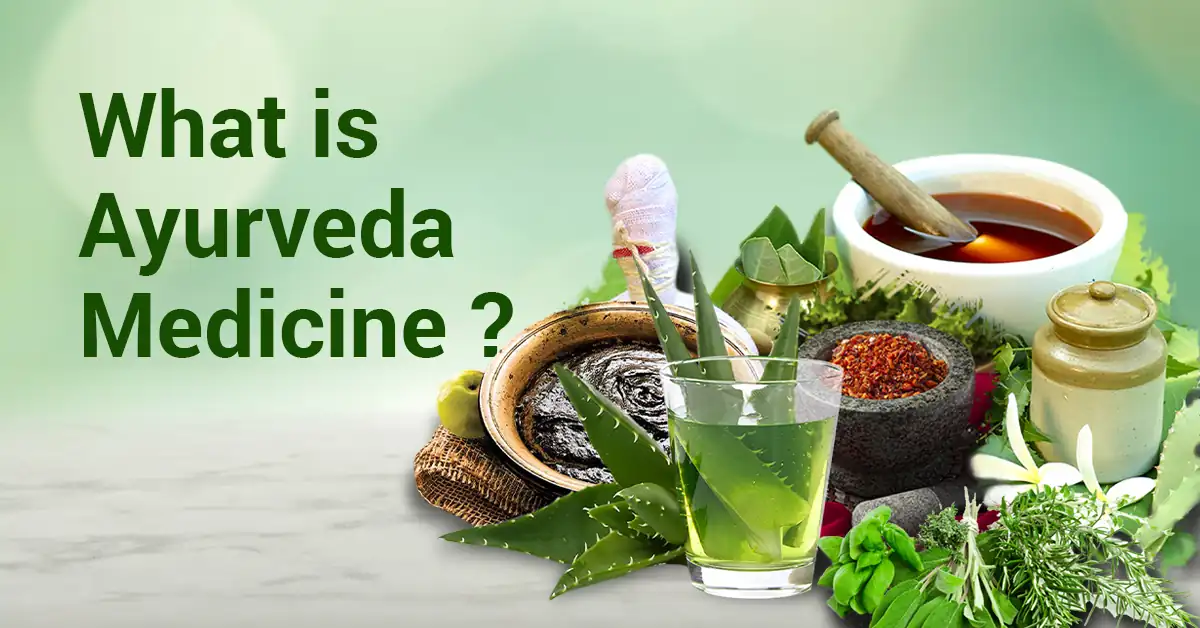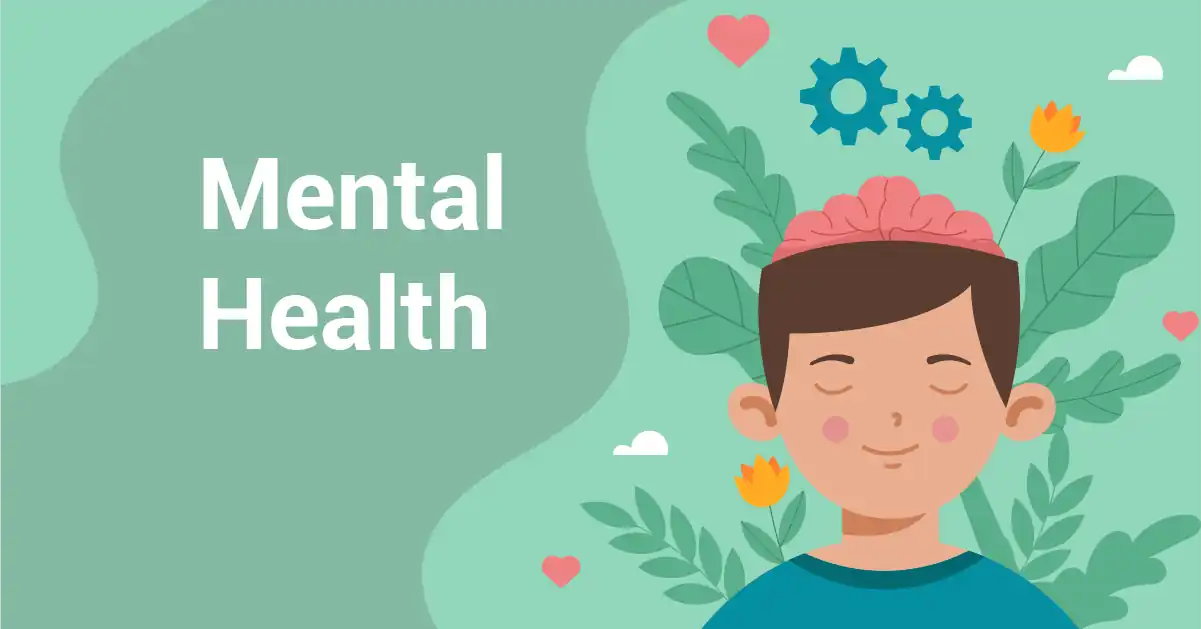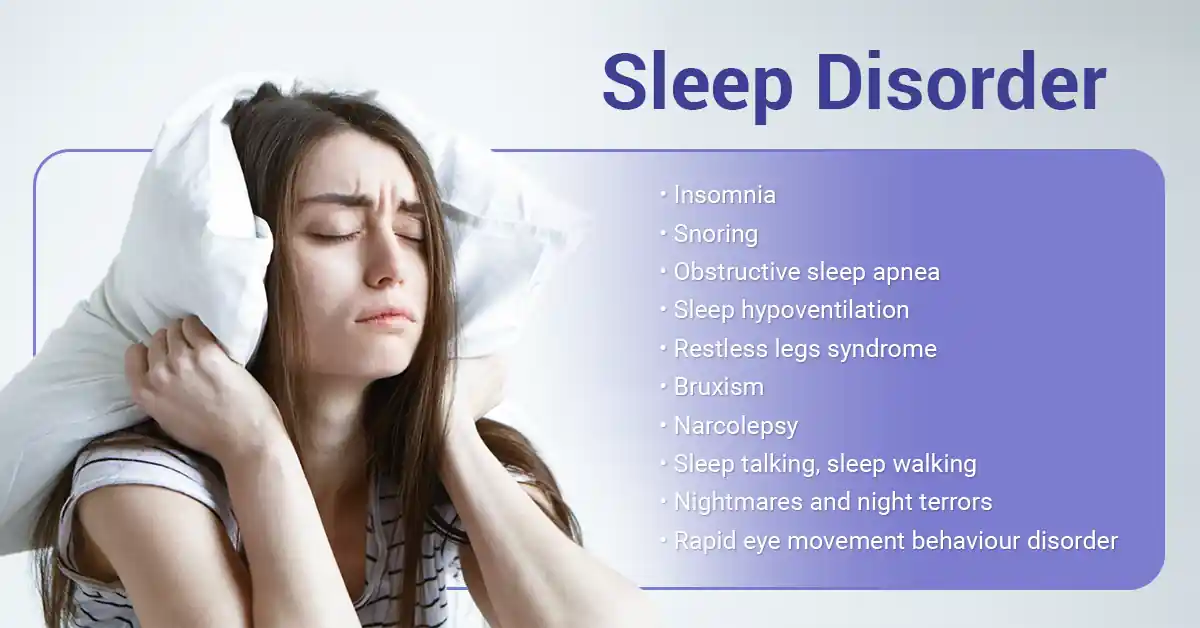Delve into valerian root benefits for sleep and anxiety, controversies, and even its effects on cats.
The Valerian Root Awards delve into the multifaceted realm of Valerian root. From its sleep-inducing properties and potential for anxiety relief to its curious effects on cats, we navigate the benefits, controversies, and mysteries surrounding this captivating herbal medicine. (Lindahl, O. and Lindwall, L., 1989.)
Valerian Root
In the tremendous scene of regular cures, one plant star has sparkled especially brilliantly: Valerian root. With a set of experiences going back hundreds of years and standing for the two its possible advantages and quirks, Valerian root has enamored the consideration of natural devotees, scientists, and well-being searchers the same. As we dive into The Valerian Root Grants, we uncover the best, most exceedingly terrible, and strangest parts of this fascinating herbal medicine.
Valerian root, deductively known as Valerian a officinalis, has for quite some time been respected for its potential medical advantages. Quite possibly the most celebrated characteristic lies in its capacity to advance unwinding and further, develop the best quality. Its regular narcotic properties are accepted to originate from intensities that cooperate with GABA receptors in the cerebrum, assisting with quieting apprehensive movement and advancing a feeling of peacefulness. (Houghton, P.J., 1988.)
Valerian Plant
The alleviating impacts of Valerian root reach out past rest. Numerous people go to valerian enhancements or valerian tea to ease the side effects of tension. The research proposes that the root’s mixtures might impact the arrival of synapses like serotonin, which assumes an urgent part in state-of-mind guidelines. While the specific components are as yet being investigated, valerian root’s true capacity as a characteristic tension reliever has earned huge consideration. (Bernäth, J., 2017.)
While its brags a reach expected benefits, it likewise conveys its reasonable part of debates. One subject that has ignited concern is the chance of valerian root setting off coronary failures. Episodic reports have connected the root to cases of expanded pulse and palpitations, bringing up issues about cardiovascular well-being. Nonetheless, logical proof to validate these cases stays restricted.
Most investigations have not shown an immediate connection between its utilization and respiratory failures. In any case, people with prior heart conditions or those taking prescriptions ought to practice alert and talk with medical care experts prior to coordinating valerian supplements into their daily schedule. The unmistakable smell of Valerian root is frequently portrayed as sharp, hearty, and somewhat sweet.
This smell is a consequence of the unstable mixtures present in the root, which incorporate isovaleric corrosive. While people could find this aroma overpowering, a few creatures, especially felines, are mysteriously drawn to it. Its has the inquisitive capacity to initiate a condition of cat rapture, similar to catnip. This fun-loving and impossible-to-miss response has prompted the making of feline toys imbued with its, giving long periods of amusement to our cat like companions.
Valerian Root Side Effects
Nonetheless, not every one of the impacts of Valerian root is entertaining. A few people have detailed encountering stomach-related uneasiness, cerebral pains, and discombobulation subsequent to consuming valerian enhancements or tea. These secondary effects are by and large gentle and impermanent, yet they act as a wake-up call that even regular cures can have potentially negative results for specific people. Valerian’s set of experiences is essentially as rich and perplexing as its advantages and eccentricities. Old developments, including the Greeks and Romans, perceived its true capacity as a solution for different sicknesses.
Valerian root’s standing for advancing unwinding and rest made it an esteemed herbal in conventional medication rehearses. All through the ages, valerian root has been utilized to address sleep deprivation and nervousness, and, surprisingly, as a solution for epilepsy. Its heritage stretched out to bygone eras when it was alluded to as “all-mend” because of its flexibility in treating a variety of conditions. As current medication developed, so did the investigation of valerian root’s belongings, prompting a flood in logical examinations looking at its possible remedial applications.
The Valerian Root Grants uncover a herbal that is however captivating as it seems to be confounding. From its capability to prompt smoothness and reduce tension to its confusing consequences for felines and the unpredictable history that shapes its present, valerian root resists simple classification. As we keep on investigating the profundities of its advantages and peculiarities, one thing stays clear: Valerian Root’s process is a demonstration of the unpredictable connection between nature and human wellbeing.
As we continued looking for health, it’s fundamental to approach valerian root, similar to some other cure, with a receptive outlook and a basic eye. While its potential advantages are invigorating, the requirement for dependable use and informed direction couldn’t possibly be more significant. Whether we look for unwinding, further developed rest, or basically a brief look into the interesting universe of herbal cures, The Valerian Root Grants advise us that nature’s gifts are pretty much as different as the human experience itself.
Valerian Root Benefits
Valerian Root’s fame has prompted expanded development and accessibility, making it more open to a more extensive crowd. The valerian plant itself is portrayed by its groups of little, fragrant blossoms that can go in variety from white to pink. These blossoms add to the plant’s visual allure as well as add to its exceptional fragrance. Notwithstanding its conventional use as a dried root, valerian is presently tracked down in different structures, including containers, colors, concentrates, and teas.
These various arrangements take special care of assorted inclinations, permitting people to pick the configuration that best suits their requirements. Valerian tea, for example, gives a relieving and sweet-smelling method for encountering the root’s likely advantages while slowing down toward the day’s end. As how we might interpret well-being and prosperity advances, the valerian root’s importance perseveres. The difficulties of present-day life, including pressure and rest aggravations, have reestablished interest in regular cures like valerian root.(Balderer, G. and Borbély, A.A., 1985)
The craving for comprehensive ways to deal with well-being has driven numerous to investigate its expected advantages as another option or integral answer for traditional medicines. An examination into valerian’s consequences for rest problems has shown promising outcomes. While greater clinical preliminaries are expected to cement its viability, starting discoveries propose that valerian root could offer a non-pharmacological choice for those battling with a sleeping disorder. Likewise, continuous investigations inspecting its effect on nervousness issues intend to reveal whether valerian root can be an important expansion to the stockpile of tension administration procedures. Notwithstanding the abundance of information, we’ve gathered about valerian root, its secrets keep on charming us. (Nunes, A. and Sousa, M., 2011.)
The association between its mixtures and their impacts on the mind is as yet not completely figured out, leaving space for additional investigation and disclosure. As logical strategies develop and our comprehension of plant medication extends, valerian root’s true capacity could turn out to be much more articulated. All in all, The Valerian Root Grants praise a natural with a multi-layered character. Its set of experiences, benefits, aftereffects, and, surprisingly, its unforeseen effect on our cat like side kicks add to the charm of this momentous plant.
As we explore the perplexing universe of well-being and health, the valerian root advises us that the responses we look for are frequently basically as different and mind-boggling as the normal world itself. By embracing the two assets and their puzzlers, we make the way for a more profound association with the plants that have gone with humankind on its process through time.

